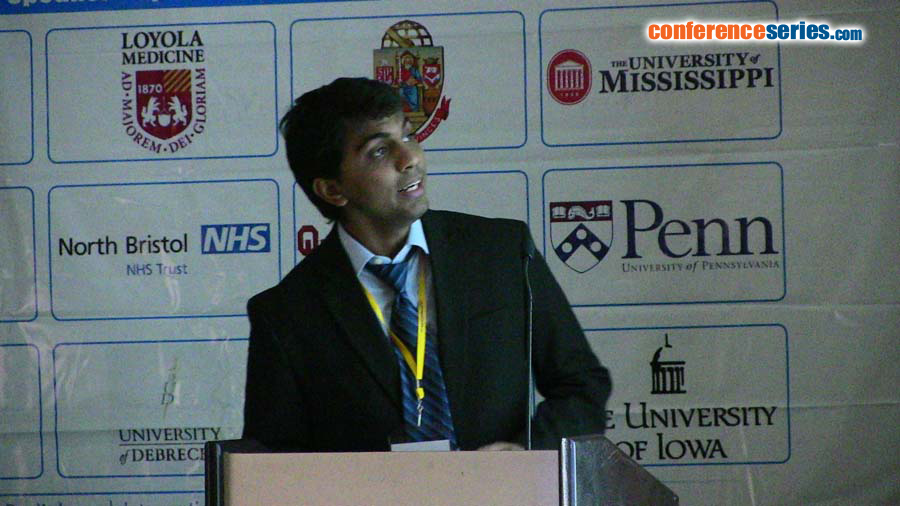
Barath Narayanan Narayanan
University of Dayton, USA
Title: Feature selection using linear classifiers for computer aided detection of pulmonary nodules in CT
Biography
Biography: Barath Narayanan Narayanan
Abstract
Lung cancer is the leading cause of cancer death in the United States. It usually exhibits its presence with the formation of pulmonary nodules. Nodules are round or oval-shaped growth present in the lung. Computed tomography (CT) scans are used by radiologists to detect such nodules. Computer aided detection (CAD) of such nodules would aid in providing a second opinion to the radiologists and would be of valuable help in lung cancer screening. In this research, we study various feature selection methods using linear classifier for the CAD system framework proposed in FlyerScan. Algorithmic steps of FlyerScan include: (i) Local contrast enhancement, (ii) automated anatomical segmentation, (iii) detection of potential nodule candidates, (iv) feature computation and selection, and (v) candidate classification. In this paper, we focus on backend processor which comprises of (iv) and (v). We study the performance of the FlyerScan by implementing various feature selection methods such as sequential forward selection, sequential backward removal or implementation of these after holding onto certain robust features. We also evaluate the tuning of Fischer linear discriminant classifier and study the impact of feature selection on it. This algorithm is implemented using a publicly available lung image database consortium-image database resource initiative (LIDC-IDRI) dataset. 107 cases from LIDC-IDRI are handpicked in particular for this paper and performance of the CAD system would be studied based on k-fold validation. This research will aid in improving the nodule detection rate in CT scans, thereby enhancing a patient’s chance of survival.



